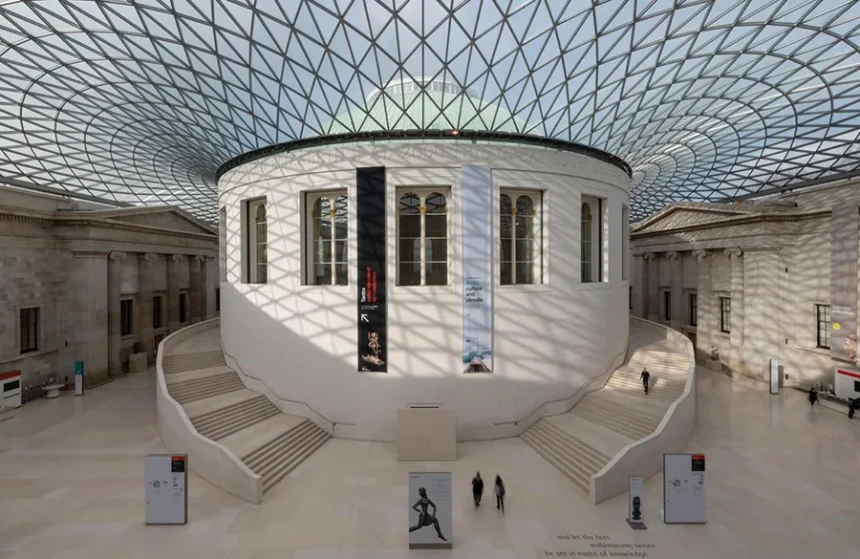Architectural diversity characterises London because it combines traditional terraced homes with contemporary new design approaches. The dynamic urban environment of London has stimulated homeowners to seek expert architectural assistance which helps them explore residential and extension opportunities in their properties. Altered residential and extension designs populating the capital as multiple skilled architects london foster the transformation of house visions.
Services Offered by Leading London Architectural Firms
London architects deliver specialized services that cover all residential projects and extension designs from small to large scales. Such services include complete project management which helps homeowners complete their projects in a streamlined and efficient way. This early stage often includes a feasibility study to understand whether the proposed work is achievable within local planning regulations and the budget.
Once the direction is clear, architects advance their work through the planning application. The preparatory work demands architects to develop comprehensive planning documents including drawings and all necessary documentation that must be submitted to the local council. London planning specifications vary widely so architectural firms deliver thorough proposals to enhance approval prospects through knowledgeable compliance-based presentation.
Architectural services begin with designing as their fundamental foundation. Throughout the project development architects collaborate with clients to meet the design requirements between personal lifestyle needs and site specifications and client style preferences. Several firms offer interior designing services which allow clients to achieve functional and visually harmonious interior spaces. Void areas need careful attention during design processes that incorporate both planning of spaces and lighting arrangements and material choices with furniture positioning. The service of landscaping remains essential for clients who need construction work in their gardens including extension areas or redesign style layouts.
The transition to construction phase in projects triggers architectural firms to deliver contract administration services. As representatives for both client and contractor these firms ensure that construction progress meets all design requirements, spending expectations and deadlines. Contract administration facilitates peace of mind since the architecture firm handles instructions plus payment management and quality control procedures during the complete construction phase. Top firms deliver all-inclusive solutions to people who want space improvements by integrating design creativity with regulatory competence and construction understanding.
From Concept to Completion: The Architectural Process Explained
A successful residential or extension project requires precise planning together with teamwork and successful implementation exceeding simple design beauty. London architects start residential projects through detailed consultations to fully grasp their clients’ needs together with their budget constraints and design choices. The site analysis and preliminary sketches form an essential part of project development to direct its final direction.
Read more about the local architects in the london, click here.
The design development phase follows when all teams agree on the fundamental concept of the project. At this stage architects improve the design and analyse spatial plans together with daylight access features alongside integration strategies between new elements and existing structures. Some visuals are created through 3D models and virtual walkthroughs which help the client see their project on screen before it gets built.
Detailed planning drawings go through the approval process at the local council during the third phase of development. The complex nature of working in London requires experienced architects to successfully complete this stage.
The technical design process starts after gaining planning approval. When preparing a building project developers require detailed drawings along with specifications and collaboratively work with structural engineers or energy consultants. After achieving all necessary authorisation the building construction can begin. From this point on architects critically inspect site developments to solve problems and preserve the design integrity.
Planning Permissions and Building Regulations in London
The management of planning permissions together with building regulations stands as the most intricate aspect for any building or extension project within London. Each borough maintains its own planning department with distinct regulations which depend on both location and property type and scope of construction works.
Different planning regulations apply to different cases including rear extension requirements and loft conversion with dormer or mansard elements. Listed property modification also needs planning permission approval. The permissions for minor property improvements can be handled under permitted development rights that enable works without formal authorisation requirements. Any changes within numerous central and conservation zones need official permission for implementation.
London-based leading architects master their understanding of local planning policies coupled with established relationships with council officers that enhances the chances for approval. Planners at the firm draft complete planning applications reinforced with design statements and essential heritage impact assessments to obtain official approval of proposals.
Recent Projects by Trusted London Architects
Analysing completed projects in London provides necessary insight into both the standard and variety of architectural creations produced by leading architects in the city. Single-storey rear extensions have become a frequent project request in London suburbs due to available gardens that enable lateral home growth. Most extensions use large sliding glass doors combined with roof lighting elements together with open-plan interior designs that link interior to outside living spaces. The structural shift transforms old houses into light-laden contemporary dwellings which families prefer.
A significant up-and-coming architectural development involves HMO (House in Multiple Occupation) design submissions as well as their overall design. Many household owners transform bigger homes into HMOs that fit the necessary regulations because shared housing demand continues to grow. London architects develop and design building conversions that fulfil every necessity regarding space standards and safety and licensing conditions.
London’s residential density has not deterred homeowners from using mansard extensions as their preferred approach to expanding their space while adding value to their properties. The unique combination of vertical walls and dormer windows in Mansard roofs creates a second floor level. The residential zones of terraced properties frequently undergo these conversions to establish master suites or offices and other forms of additional living or utility spaces. Architects who work at the top level verify that design elements match existing architecture and meet all planning demands for structure modifications.








